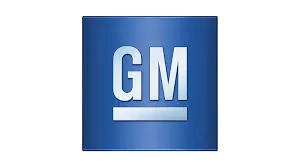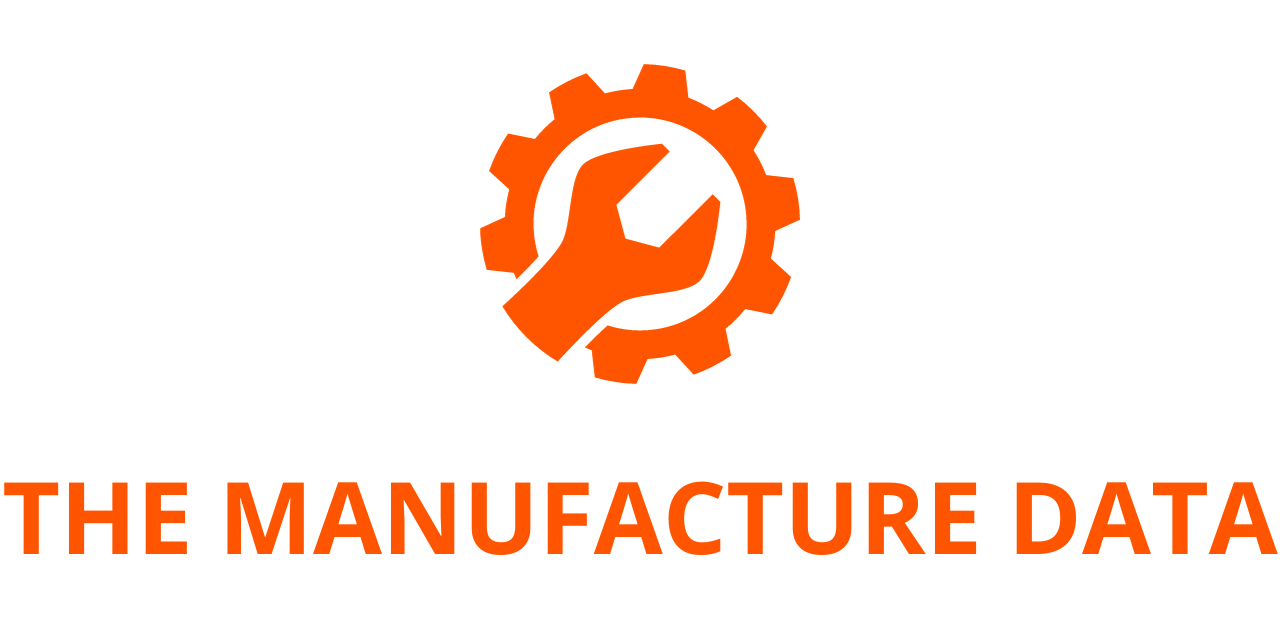
Jeff Bush: Shaping the Digital Future of GM Vehicles
Meet Jeff Bush, the executive director of digital vehicle experience at General Motors. His career path has taken him through some of the most influential tech companies in Silicon Valley, where he honed his skills in software engineering and product development. With experience at Apple, Google, and Roku, Jeff has played a pivotal role in shaping some of the most iconic digital experiences of the past two decades. Now, at GM, he’s bringing his expertise to the automotive industry, overseeing the teams responsible for in-vehicle user interfaces, application software, digital instrument clusters, center screens, heads-up displays, and passenger entertainment systems.
Based in GM’s office in Mountain View, California, Jeff is at the forefront of innovation, driving the evolution of digital experiences in GM vehicles. His transition from the tech world to the auto industry offers valuable insights into how software is becoming an integral part of modern vehicle design. In this interview, Jeff shares his journey, his vision for GM, and what the future holds for digital vehicle experiences.
A Journey from Tech to Auto
What was your road to GM like?
Working at GM brings my career full circle. I’m originally from Grand Rapids, Michigan, and I have a deep connection to the automotive industry. After high school, I worked at a foundry producing equipment used to manufacture GM vehicles. It was my first exposure to the world of automotive production.
Eventually, I decided to go back to school and majored in computer science. I moved to California in 1998, just in time to witness the peak—and subsequent bursting—of the dot-com bubble. Over the years, I worked at various startups and big tech companies, always drawn to cutting-edge technology and digital experiences. My work at Google on the Android Automotive OS software engineering team was particularly relevant to my current role at GM. When the opportunity at GM presented itself, everything aligned perfectly.
Pioneering Digital Experiences
You were involved in some iconic hardware devices. Can you tell us more?
I’ve been fortunate to work on some game-changing products. At Danger, I was part of the team that created the T-Mobile Sidekick, one of the first internet-connected smartphones. In 2005, I joined Apple and worked on a top-secret project that later became the iPhone.

My experience at Google was also pivotal. Leading the Android Automotive OS software engineering team gave me deep insights into how digital experiences in vehicles should function. It was a natural progression for me to take on this role at GM, where I could directly shape how drivers and passengers interact with technology inside vehicles.
GM’s Commitment to Electrification
How do you view GM’s commitment to electric vehicles?
I’m an EV nerd, and I have tremendous respect for GM’s approach to electrification. Mary Barra’s “three zeros” mission—zero crashes, zero emissions, and zero congestion—is a bold and inspiring vision. She made it clear that GM is committed to electrifying most of its light-duty vehicle lineup, and we’re making that vision a reality.
Electrification isn’t just about removing internal combustion engines—it’s about rethinking the entire driving experience. EVs provide opportunities for new digital experiences, from over-the-air software updates to advanced driver-assistance systems (ADAS). The shift to EVs aligns perfectly with my passion for software-driven innovation.
Innovations and Achievements at GM
What’s your biggest achievement at GM so far?
Over the past year, we’ve significantly improved the quality of our software releases. We’ve shipped a range of exceptional vehicles with enhanced digital interfaces. One of our major successes has been refining our software development processes—improving code reviews, setting clear milestones, and prioritizing features that truly enhance the driving experience.
We’re planting a lot of seeds right now, and I’m excited to see them grow. The digital experience inside GM vehicles will continue to evolve, and I believe we’re building a strong foundation for future innovations.
The Ideal Digital Experience
What’s your vision for the ideal user experience in GM vehicles?
I’d love to reach a point where GM vehicle owners regularly receive over-the-air updates and are genuinely excited about them—just like they are with their smartphones or smart TVs. Imagine getting into your car and seeing an update notification, knowing that it brings new features, performance improvements, or enhanced safety capabilities.
To get there, we’re focusing on the fundamentals: improving automated testing, refining our update processes, and ensuring seamless integration between hardware and software.
Challenges and Overcoming Complexity
What’s the biggest challenge at GM?
GM’s product portfolio is incredibly complex. We manufacture a diverse range of vehicles, each with its own requirements and target customers. Managing this complexity while ensuring a unified digital experience is a significant challenge.
Additionally, our organization itself is large and multifaceted. Juggling competing priorities and viewpoints requires clear decision-making and strong leadership. I often remind myself of a quote from the Roman philosopher Cicero: “More is lost by indecision than wrong decision.” I focus on making informed choices, unblocking my team, and trusting my colleagues to navigate ambiguity alongside me.
Software, Music, and Creativity
You play guitar in your spare time. Do you see parallels between building UIs and making music?
Absolutely. Both software development and music composition involve a vast range of possibilities. The creative challenge lies in narrowing those possibilities into something meaningful and impactful.
In software, we take broad technological potential and refine it into intuitive user experiences. In music, we take an infinite number of notes and rhythms and shape them into a song. Both disciplines require an understanding of the audience—whether it’s users interacting with an interface or listeners experiencing a piece of music.
GM’s Role in the Future of Mobility
How is GM shaping the future of mobility?
GM is at the forefront of electric vehicles and autonomous driving. Our role in making EVs mainstream is crucial, and we’re committed to developing safe, reliable, and enjoyable vehicles.
Autonomous driving is another game-changing area. To achieve mass adoption of autonomous vehicles (AVs), we need to build trust with consumers. That means ensuring our systems are not only technologically advanced but also intuitive and user-friendly.
Very few companies have the broad expertise, production capabilities, and market reach that GM does. We’re uniquely positioned to make a real impact.
Why Engineers Should Join GM
What’s your message to engineers considering a career at GM?
Engineers thrive on solving hard problems—and has plenty of them. Whether it’s developing next-gen software, refining digital interfaces, or advancing EV and AV technology, there’s no shortage of exciting challenges.
If you’re looking for a place where you’ll be pushed to innovate and grow, that place. The future of mobility is being written right now, and we need the best minds to help shape it.
Final Thoughts
Jeff Bush’s journey from Silicon Valley to underscores the growing importance of software in the automotive industry. As cars become more connected and intelligent, digital experiences will define the driving experience. With leaders like Jeff at the helm, well-positioned to lead the charge into this new era of mobility.




